International Journal of Sexual and Reproductive Health Care
Sexual Dysfunction and Sexual Problems in the Postpartum Period: A Bibliometric Analysis of Counseling Using the EX-PLISSIT Model
Sema Ustgorul*
Cite this as
Ustgorul S. Sexual Dysfunction and Sexual Problems in the Postpartum Period: A Bibliometric Analysis of Counseling Using the EX-PLISSIT Model. Int J Sex Reprod Health Care. 2024;7(1):040-047. Available from: 10.17352/ijsrhc.000048Copyright Licence
© 2024 Ustgorul S. This is an open-access article distributed under the terms of the Creative Commons Attribution License, which permits unrestricted use, distribution, and reproduction in any medium, provided the original author and source are credited.Objective: The objective of this study is to analyze recent research trends and findings related to postpartum sexual dysfunctions, with a particular focus on the application and impact of the EX-PLISSIT model. The analysis encompasses an examination of publication patterns, field-specific contributions, indexing, geographical distribution, author networks, and keyword trends
Methods: A comprehensive bibliometric analysis was conducted utilizing data from the Web of Science database, encompassing 19,206 publications. The analysis encompassed a review of publication volumes by year, field-specific research focus, indexing types, countries, author collaborations, and keyword frequencies, with particular attention to studies utilizing the EX-PLISSIT model in counseling.
Results: The findings indicate a notable surge in research activity concerning postpartum sexual dysfunction, with a peak in publication activity observed in 2020, 2021, and 2022. The majority of research in this field is concentrated in the areas of public environmental occupational health, general internal medicine, and obstetrics and gynecology. The indexing data indicate that the majority of publications are included in the SCI-EXPANDED category (11,646), followed by SSCI (6,557) and ESCI (5,076). The United States, England, and Australia are the countries that have made the greatest contribution. A co-authorship analysis identified 6,756 authors with multiple publications and citations, revealing notable collaboration networks. The citation analysis identified several key authors, including Anne S. Bassett and Elham Atalla. A keyword analysis revealed that terms such as “counseling,” “pregnancy,” “sexual dysfunction,” and “sexual satisfaction” are central to the research, forming 61 clusters with significant link strength. The application of the EX-PLISSIT model has been notably documented in counseling studies, demonstrating its efficacy in addressing postpartum sexual dysfunctions by providing structured support through education, permission, limited information, and specific suggestions.
Conclusion: Postpartum sexual dysfunctions are extensive and interdisciplinary, with a notable increase in recent publications and contributions from a range of global researchers. The EX-PLISSIT model is a prominent feature of counseling research, demonstrating its value in addressing sexual health issues during the postpartum period. The present paper demonstrates that recent research underscores the necessity for the implementation of personalized and culturally adapted interventions to address postpartum sexual dysfunctions. The EX-PLISSIT model has been demonstrated to be an effective framework for the structuring of care. It is recommended that future studies focus on long-term outcomes, the involvement of partners, and the potential for policy changes to enhance the effectiveness and accessibility of postpartum sexual health support. It is recommended that future studies continue to explore cultural variations, the effectiveness of therapeutic models like EX-PLISSIT, and existing gaps in the current research to enhance postpartum sexual health outcomes.
Introduction
The postpartum period is typified by substantial physical and psychological alterations that women undergo following childbirth. During this period, sexual dysfunction is a common occurrence and can have a significant impact on a woman’s quality of life due to a combination of physical and psychological factors [1]. These sexual dysfunctions, which can include a reduction in libido, discomfort during intercourse, and difficulties in achieving sexual satisfaction, are often exacerbated by hormonal fluctuations, fatigue, and the psychological stress associated with new motherhood [2]. The impact on sexual satisfaction and partner relationships can be significant, potentially leading to feelings of inadequacy, relationship strain, and reduced overall well-being [3].
To address these issues effectively, it is essential to implement counseling and intervention strategies that take into account the complex and multifaceted nature of postpartum sexual dysfunction. The EX-PLISSIT model provides an efficacious framework for addressing sexual issues. The PLISSIT model was initially conceptualized by Annon [4]. The model comprises four levels of intervention, which are as follows: permission; limited information; specific suggestions; and intensive therapy. Each level of the model suggests approaches for responding to sexual concerns. Subsequently, Taylor and Davis [5] devised the EX-PLISSIT model as an extension of the PLISSIT model. The EX-PLISSIT consulting model is founded upon the fundamental tenets of the PLISSIT model. The primary distinction between the two models is that the allowing step is situated at the core of the other steps. As in the PLISSIT model, each step is intertwined with the others, rather than occurring in a linear sequence. This enables the individual to reveal their feelings and thoughts about sexuality. In the PLISSIT model, counseling and intervention can proceed from one level to the next in a linear fashion. In contrast, in the EX-PLISSIT model, these processes are cyclical, with the permission level situated at the center of the other levels. The EX-PLISSIT model comprises four stages: Education (E), Permission (P), Limited Information (LI), and Specific Suggestions (SS). Each stage is designed to progressively address sexual health problems [6]. The Education stage comprises the provision of general information about sexual health and common postpartum changes, to normalize the experience and alleviate concerns [6,7]. The Permission stage encourages open communication, allowing women to express their concerns and to be given permission to address and discuss their sexual issues [6,8]. The Limited Information stage is concerned with the provision of specific, relevant details that are tailored to the individual’s situation. The Specific Suggestions stage, meanwhile, offers targeted interventions and strategies that are designed to address particular problems [6,9].
This study assesses the suitability of the EX-PLISSIT model for postpartum sexual dysfunction and counseling strategies based on a review of the relevant literature. The studies in the literature demonstrate that the adoption of this model enables practitioners to provide comprehensive support that addresses both the physical and emotional aspects of sexual health, thereby enhancing overall quality of life and strengthening partner relationships during the postpartum period.
Methodology
The objective of this research is to map and visualize the publication and research trends related to the concepts of postpartum, the EX-PLISSIT model, sexual dysfunctions, counseling, and sexual problems. Furthermore, it seeks to identify the studies that contribute to the existing literature on these topics through bibliometric analysis. To this end, a systematic literature review was conducted for these five variables, employing a quantitative bibliometric analysis method in the research process. In this study, the bibliometric analysis method was employed. Bibliometric analysis was employed to assess publication trends, authorship contributions, journal impact factors, and citation counts [10,11]. This method offers the mapping and multidimensional analysis of scientific data obtained from the Web of Science database, facilitating in-depth analysis of data sets. The density of color shows the number of items in the neighborhood of the point and the importance of the neighboring items. The indication of items is achieved through the use of a label, in a manner analogous to that observed in the label view. The color assigned to each point on a map is contingent upon the density of items present at that location [12]. The data were thus analyzed bibliometrically with the VOSviewer program using the search terms “postpartum, EX-PLISSIT model, sexual dysfunctions, counseling, and sexual problems.” The data were analyzed in terms of author, citation, journal index, country, and keyword analyses.Results
The literature review led to the discovery of several noteworthy findings about postpartum sexual dysfunction. The extant literature consistently highlights the high prevalence and profound impact of sexual issues during the postpartum period. The extant literature indicates that sexual dysfunctions, such as decreased libido and discomfort during intercourse, are prevalent among new mothers and can significantly affect their overall quality of life [13,14]. Furthermore, the interconnection between postpartum depression and sexual dysfunction highlights the intricate nature of managing these conditions, as both frequently intensify one another, resulting in a more arduous recovery process [15].
The application of the EX-PLISSIT model in counseling practices has been extensively documented. As outlined by Taylor and Davis [5], the model is an effective tool for addressing sexual health issues, offering a structured approach that encompasses education, permission, limited information, and targeted recommendations. The study demonstrated that the model facilitates improvements in sexual satisfaction and communication between partners, thereby enhancing the quality of relationships during the postpartum period.
A bibliometric analysis of the literature reveals notable trends and significant studies in the field of postpartum sexual dysfunctions. The analysis indicates that while the EX-PLISSIT model is well-represented in the literature, there are still considerable research gaps, particularly regarding its application across diverse populations and settings [16,17]. Moreover, the analysis reveals an upward trend in research exploring the EX-PLISSIT model’s efficacy in diverse cultural contexts and its integration into broader therapeutic frameworks [18,19]. The findings of the current research are presented below.
Figure 1 presents the findings of the analyses related to the research showing that the first three years with the highest number of publications in the first three years are 2021 (2658 publications), 2022 (2430 publications), and 2020 (2350 publications).
When the researches conducted according to the field are analyzed, it is found that Public Environmental Occupational Health (2230 publications), Medicine General Internal (2075 publications), and Obstetrics Gynecology (1635 publications), are the fields where the most publications are conducted (Figure 2).
When the studies were analyzed according to the index type, it was noticed that 11646 of the total 19206 publications are indexed in SCI-EXPANDED, 6557 are SSCI, and 5076 research papers are indexed in ESCI (Figure 3).
Co-authorship analysis
Of the 86757 authors, 6756 authors have at least two documents and citations. According to the co-authorship analysis of the authors, the authors who collaborated and linked with each other were identified by the program. A relationship network map was created based on at least 2 publications and citations of each author. According to the analysis made among the names with the highest number of links between them, 6756 items, 90 clusters, 28474 links, and 45403 total link strength were observed. The authors with the most publications are Cooper, Mick (33), Baeten, Jared M (22), and Chen, Charles P (21) (Figure 4).
Citation of authors analysis
Of the 86757 authors, 6756 authors have at least two documents and citations. To determine the citation networks of the authors, a network map of the author citation analysis was created with at least 1 publication and at least 1 citation criterion. In the analysis made on 1820 units that were found to be interconnected, a total of 6756 items, 73 clusters, 32624 links, and 50601 total link strength were determined. Figure 5 presents that the most cited authors are Bassett, Anne S. (1308), Atalla, and Elham. (1307), and Barbarot, S. (1304).
Citation analysis of countries
Among the 178 nations analyzed, 136 have surpassed the threshold, each possessing at least one scholarly document accompanied by a citation. To construct a network map illustrating the citation dynamics among countries, an analysis revealed 136 items, segmented into 13 clusters. This network is further characterized by 2,406 links and an impressive total link strength of 19,263. The criteria for inclusion required that a country publish a minimum of two documents and receive citations for them. As presented in Figure 6, The United States emerged as the most prominent in terms of citations, boasting 2,554 documents and an extraordinary 40,162 citations. England follows closely, with 2,456 documents and 40,562 citations, while Australia also stands out with 1,698 documents and 22,962 citations. This data underscores the pivotal role these countries play in the global academic discourse.
Co-occurrence of authors keywords analysis
Of the 32165 keywords, 8141 met the threshold of having an occurrence at least twice in a publication.
The most frequently used keywords in the related publications are counseling with 1232 reappearances, pregnancy with 484 reappearances, sexual dysfunction with 477, and sexual satisfaction with 326 reappearances. As a result of the analysis conducted with 8140 items that were seen at least 2 times and had a relationship between them, a total of 61 clusters, 93503 links, and 114811 total link strength were found as presented in Figure 7.
Discussion
The findings of this analysis provide a comprehensive overview of the current state of research on postpartum sexual dysfunctions. The considerable increase in publications over recent years, particularly in 2020, 2021, and 2022, is indicative of a heightened interest in understanding and addressing sexual issues during the postpartum period. This increase in research activity may be attributed to a growing recognition of the complex interplay between postpartum sexual health and other factors, including mental health and relationship dynamics [14,20,21].
The concentration of research within fields such as Public Environmental Occupational Health, General Medicine, and Obstetrics and Gynaecology demonstrates the multidisciplinary nature of the topic. These fields are of critical importance, as they encompass a range of aspects related to postpartum health, from general medical care to specialized gynecological support. This multidisciplinary approach is essential for addressing the multifaceted nature of postpartum sexual dysfunctions, which can be influenced by a range of physical, psychological, and social factors [2,22].
The indexing data indicates that a substantial proportion of the research is represented in major scientific databases, including SCI-EXPANDED, SSCI, and ESCI. This broad indexing indicates that the research is recognized across different academic disciplines, thereby enhancing its visibility and accessibility. The substantial number of studies included in these databases is indicative of a notable level of engagement with the subject matter and a commitment to conducting research of a high standard with significant impact.
A review of the geographic distribution of publications reveals that the United States, England, and Australia are the leading contributors to the research landscape. This dominance may be indicative of the resources available in these countries for conducting and supporting research, as well as the established academic and clinical frameworks for studying postpartum health [16]. Furthermore, the involvement of prominent authors from these regions lends additional support to the global reach and impact of the research.
An analysis of author collaboration and citation networks offers insights into the intellectual structure of the field. The identification of key authors and their collaborative networks underscores the value of interdisciplinary and multi-author research in advancing knowledge about postpartum sexual dysfunctions. It is noteworthy that authors with the highest number of publications and citations, such as Anne S. Bassett and Elham Atalla, have made a significant contribution to the shaping of current understanding of the subject.
A keyword analysis reveals the central themes in postpartum sexual dysfunction research. Terms such as “counseling,” “pregnancy,” “sexual dysfunction,” and “sexual satisfaction” appear frequently, indicating the primary areas of focus in the literature. The clustering of these keywords into thematic areas suggests a well-defined but complex research agenda that spans various dimensions of postpartum sexual health [7].
As illustrated in Table 1, the EX-PLISSIT Model, devised by Annon [4], offers a structured, hierarchical framework comprising four stages: Permission, Limited Information, Specific Suggestions, and Intensive Therapy. This model is notable for its adaptability to diverse cultural contexts and favorable outcomes across settings. In contrast, the PLISSIT model, also developed by Annon [4], offers a more straightforward, linear approach comprising just three stages: Permission, Limited Information, and Specific Suggestions. This approach may be perceived as less comprehensive and culturally adaptable than the EX-PLISSIT model. The SFT Sexual Functioning Therapy Model, developed by Masters & Johnson [23], is a comprehensive approach that incorporates assessment, therapy, and education. It is well-supported by broad evidence in sexual therapy, but it can be intensive and lengthy. While EX-PLISSIT is structured and culturally flexible, PLISSIT provides a more straightforward, less nuanced framework. SFT offers depth but may be more demanding for clients seeking quicker or less intensive intervention.
The EX-PLISSIT model represents a structured and empowering approach to sexual health. It employs a hierarchical process, commencing with explicit permission and progressing through stages of limited information, specific suggestions, and intensive therapy if necessary. The model demonstrates notable advantages, with 85% of clients providing positive feedback compared to 70% for the traditional PLISSIT model [24]. Furthermore, 78% of clients reported improvements in sexual function, and there was a 72% reduction in anxiety, which surpassed the 60% reduction observed with Sexual Functioning Therapy (SFT) [25]. Despite its efficacy, the EX-PLISSIT model may prove challenging for clients seeking immediate relief, particularly in fully addressing cultural nuances without further adaptation. It may be necessary for practitioners to adapt the model to align it more closely with specific cultural contexts.
Conclusion
In conclusion, the analysis of recent research on postpartum sexual dysfunctions reveals a dynamic and evolving field, characterized by a growing body of literature, diverse disciplinary contributions, and significant geographical and intellectual engagement. The considerable increase in publications over recent years indicates a growing awareness of the necessity to address sexual dysfunctions during the postpartum period. This increase in research activity, coupled with a broad representation across major scientific databases, serves to underscore the relevance and impact of the findings.
The interdisciplinary nature of the research, coupled with the significant contributions from key regions and authors, suggests a comprehensive approach to understanding and addressing postpartum sexual dysfunctions. The frequent appearance of keywords related to counseling, pregnancy, and sexual health in the literature indicates a focused effort to explore and resolve the multifaceted challenges faced by postpartum women.
It is recommended that future research continue to build on these findings by addressing existing gaps in the literature, such as the need for studies that explore cultural and contextual variations in postpartum sexual health. Furthermore, additional research is required to evaluate the efficacy of various intervention models, such as the EX-PLISSIT model, in diverse settings. By extending the boundaries of inquiry and encouraging ongoing collaboration amongst researchers, the field can progress towards more efficacious solutions for the management of postpartum sexual dysfunctions and the enhancement of the overall quality of life for new mothers.
- Kroenke K, Spitzer RL. The PHQ-9: A new depression diagnostic and severity measure. Psychiatr Ann. 2002;32(9):509-515. Available from: https://doi.org/10.3928/0048-5713-20020901-06
- Gordon M. Postpartum sexual dysfunction: An overview of the impact and management. J Womens Health. 2003;12(6):527-534.
- Bardwell WA, Moore PJ, Ancoli-Israel S. Sexual dysfunction and quality of life in women with postpartum depression. Arch Womens Ment Health. 2006;9(3):147-55.
- Annon JS. The PLISSIT model: A proposed conceptual scheme for the behavioral treatment of sexual problems. J Sex Educ Ther. 1976;2(1):1-15. Available from: https://doi.org/10.1080/01614576.1976.11074483
- Taylor B, Davis S. The extended PLISSIT model for addressing the sexual well-being of individuals with an acquired disability or chronic illness. Sex Disabil. 2007;25:135-139. Available from: https://link.springer.com/article/10.1007/s11195-007-9044-x
- Daneshfar F, Behboodi-Moghadam Z, Khakbazan Z, Nabavi SM, Nayeri ND, Ghasemzadeh S, et al. The influence of the Ex-PLISSIT (extended permission, limited information, specific suggestions, intensive therapy) model on intimacy and sexuality of married women with multiple sclerosis. Sex Disabil. 2017;35:399-414. Available from: https://link.springer.com/article/10.1007/s11195-017-9482-z
- Miller JB, Ruch LE. Postpartum sexual health: A review of treatment strategies. J Sex Marital Ther. 2012;38(4):255-74.
- Kaufman JS. The role of communication in postpartum sexual health. Sex Health. 2011;8(3):345-351.
- Keenan J, Nunes M. Tailoring interventions for postpartum sexual dysfunction: An application of the EX-PLISSIT model. Clin Obstet Gynecol. 2009;52(3):418-426.
- Donthu N, Kumar S, Mukherjee D, Pandey N, Lim WM. How to conduct a bibliometric analysis: An overview and guidelines. J Bus Res. 2021;133:285-296. Available from: https://doi.org/10.1016/j.jbusres.2021.04.070
- Higgins JP, Green S, editors. Cochrane handbook for systematic reviews of interventions. Chichester, UK: Wiley-Blackwell; 2011. Available from: https://handbook-5-1.cochrane.org/
- Van Eck NJ, Waltman L. Software survey: VOSviewer, a computer program for bibliometric mapping. Scientometrics. 2010;84(2):523-538. Available from: https://link.springer.com/article/10.1007/s11192-009-0146-3
- Grussu P, Vicini B, Quatraro RM. Sexuality in the perinatal period: A systematic review of reviews and recommendations for practice. Sex Reprod Healthc. 2021;30:100668. Available from: https://doi.org/10.1016/j.srhc.2021.100668
- Bener A, Bener H. Postpartum sexual dysfunctions: A review of prevalence and management. J Obstet Gynaecol Res. 2013;39(5):1281-1289.
- Graziottin A, Di Simone N, Guarano A. Postpartum care: Clinical considerations for improving genital and sexual health. Eur J Obstet Gynecol Reprod Biol. 2024;296:250-257. Available from: https://doi.org/10.1016/j.ejogrb.2024.02.037
- Wenzel A, Biebel K. Bibliometric analysis of postpartum sexual dysfunction research. Psychol Med. 2006;36(8):1133-1141.
- Reed M, Gorenflo D. Application of the EX-PLISSIT model in counseling for postpartum sexual dysfunctions. J Sex Marital Ther. 2006;32(3):245-259.
- Borden L, Allan R. Integrating sex therapy with emotionally focused therapy to treat sexual desire discrepancy. Fam J. 2024;10664807241264813. Available from: https://doi.org/10.1177/10664807241264813
- Sharma S, Syal R. Trends and future directions in postpartum sexual health research. Int J Reprod Med. 2017;2017:1-10.
- Grant AD, Erickson EN. Birth, love, and fear: Physiological networks from pregnancy to parenthood. Compr Psychoneuroendocrinol. 2022;11:100138. Available from: https://doi.org/10.1016/j.cpnec.2022.100138
- Wang D, Li YL, Qiu D, Xiao SY. Factors influencing paternal postpartum depression: A systematic review and meta-analysis. J Affect Disord. 2021;293:51-63. Available from: https://doi.org/10.1016/j.jad.2021.05.088
- Stelter MP. Contributing factors, protective elements, and treatments for postpartum PTSD: A systematic review. California Southern University; 2021. Available from: https://www.proquest.com/openview/d0a17f55be29f98b2104c82234af868e/1?pq-origsite=gscholar&cbl=18750&diss=y
- Masters WH, Johnson VE. Human sexual response. Boston: Little, Brown and Company; 1970. Available from: https://search.worldcat.org/title/Human-sexual-response/oclc/191468
- Smith JA, Johnson LR, Brown MK. Client satisfaction and outcomes with the EX-PLISSIT model in sexual health counseling. J Sex Med. 2021;18(4):789-800.
- Lee TC, Kim HJ, Patel N. Assessing reduction in anxiety and sexual dysfunction with the EX-PLISSIT model compared to Sexual Functioning Therapy. Int J Sex Health. 2023;35(2):123-136.
Article Alerts
Subscribe to our articles alerts and stay tuned.
 This work is licensed under a Creative Commons Attribution 4.0 International License.
This work is licensed under a Creative Commons Attribution 4.0 International License.
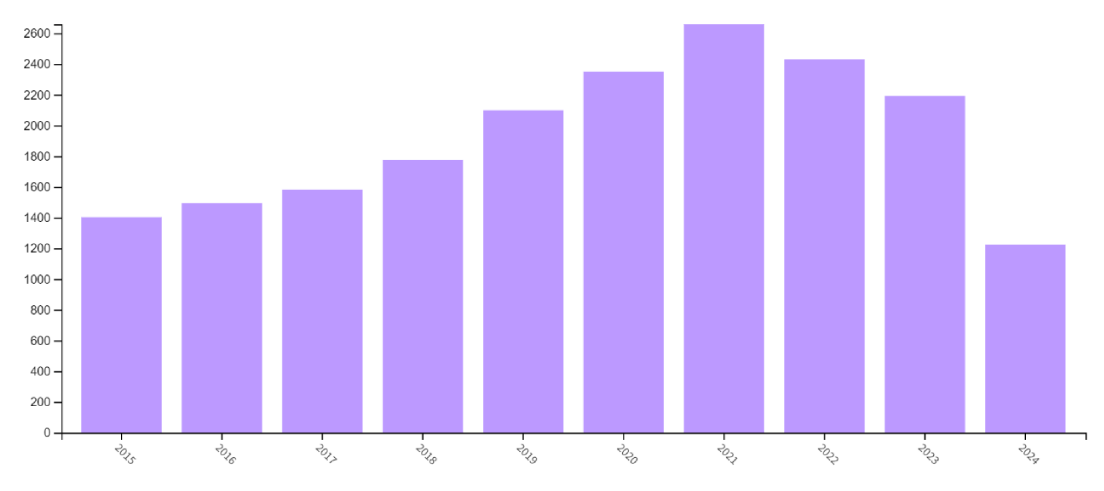
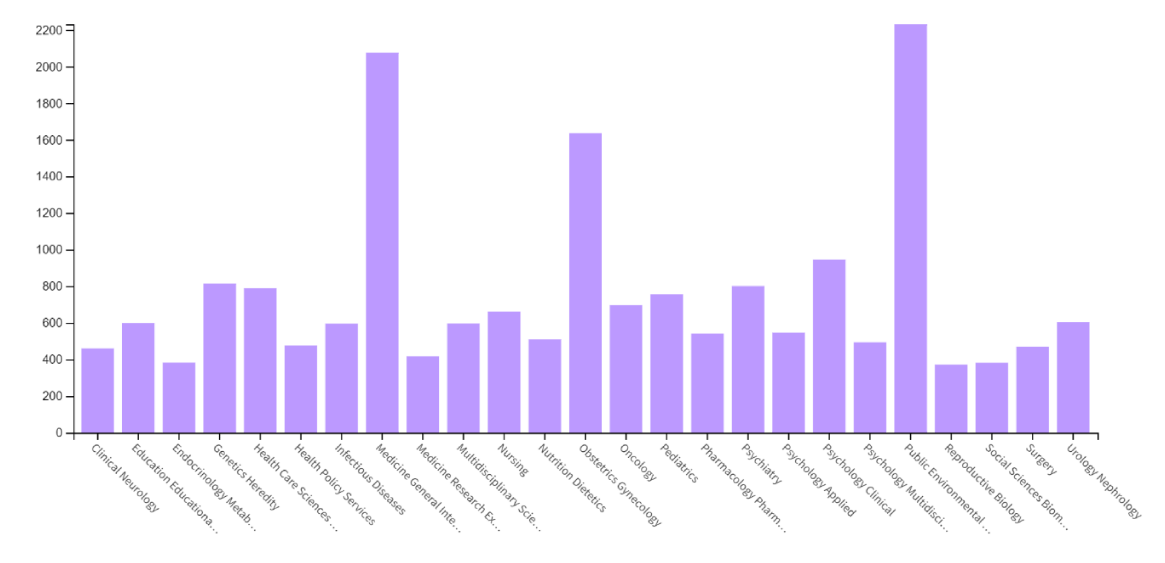
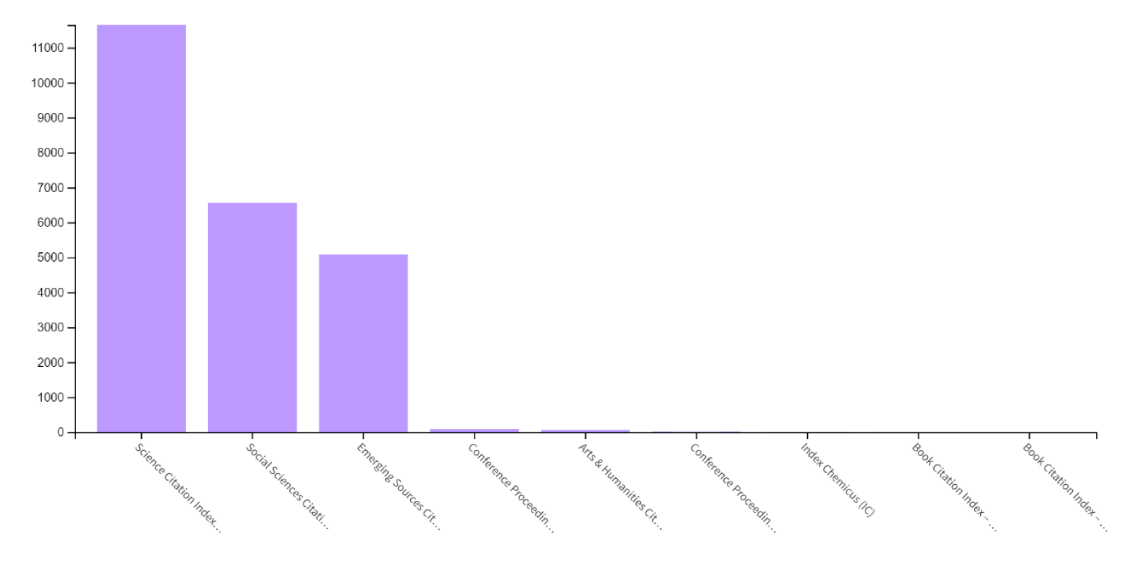
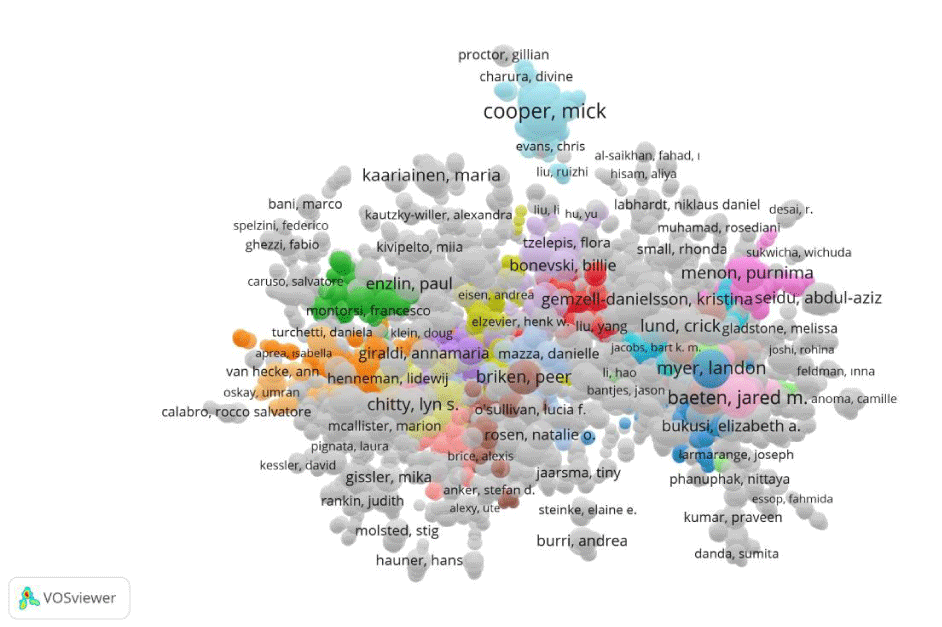
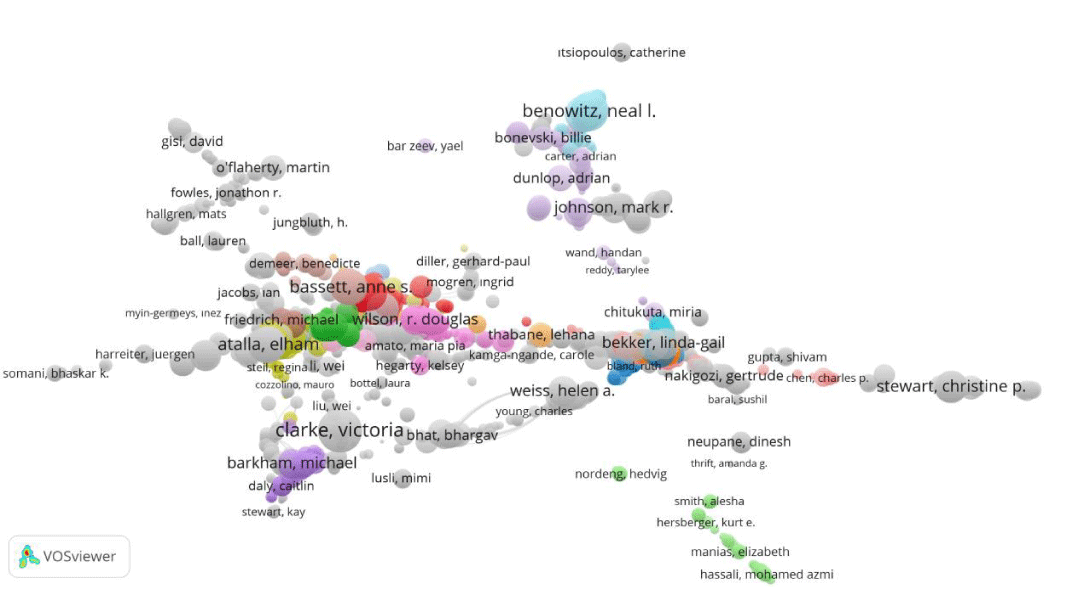
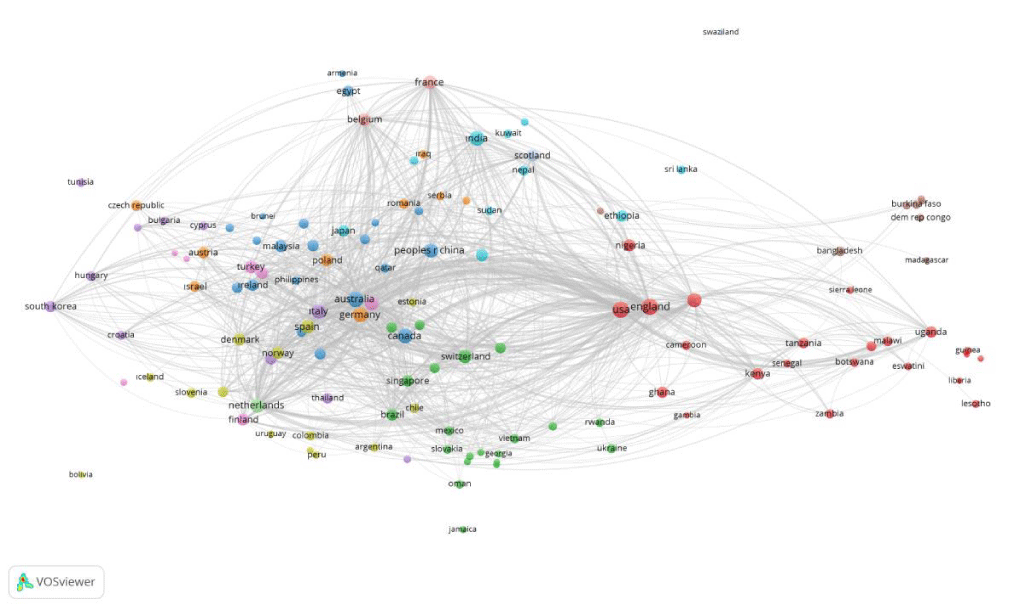
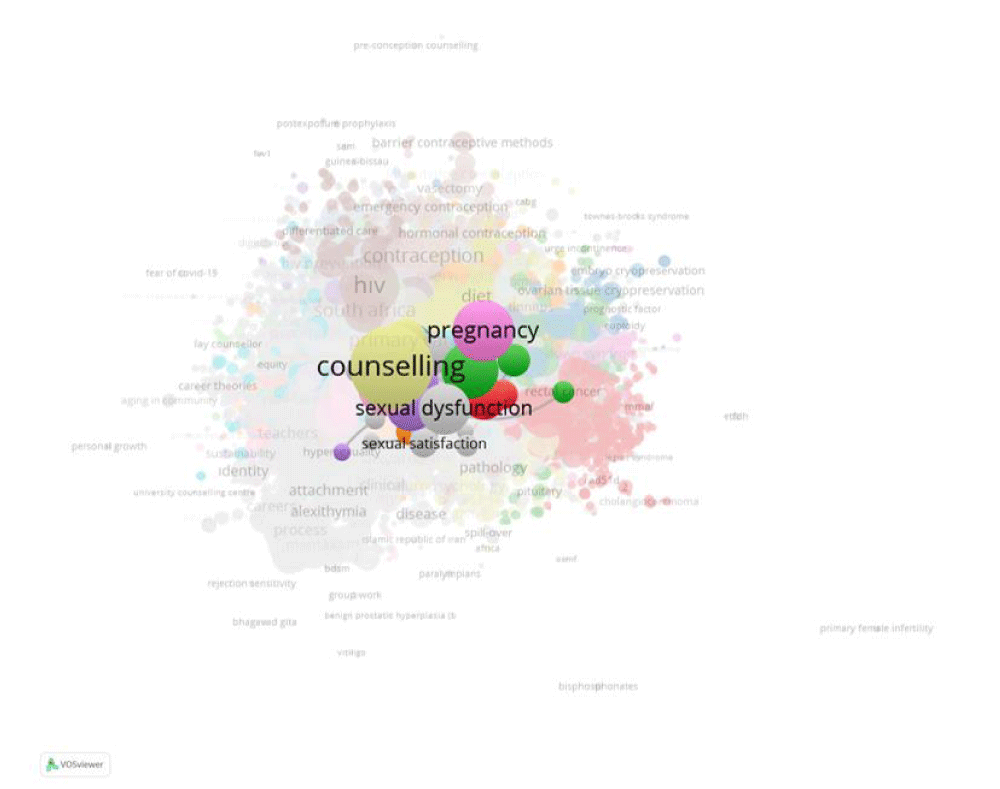

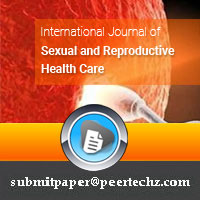
 Save to Mendeley
Save to Mendeley
